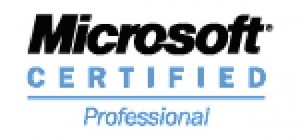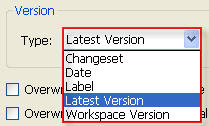This week, I made the transition to a new team within my company. It’s good to make a change every once in a while so that things don’t get stale. I’ve heard it said that, as soon as you are so comfortable in your current role that you’re afraid to make a change – that’s when it’s time to try something new. 🙂
My new role is a bit more technical than my last and will give me more time to dig deeper into the latest .NET technologies out there. I’m also going to be doing a bit more TFS administration. I’m looking forward to seeing how TFS works “under the hood” and be able to play around with all the cool new ALM features that are getting baked into the product.
I know I’ve been pretty lackadaisical lately with my posts. To tell you the truth, I just wasn’t getting a lot of time to play with the tools, technologies and practices that this blog is all about, and I just didn’t have anything noteworthy to write about. With this new role change, I expect that will change.
Most of you have visited this blog for TFS-related content. Look for more of that (and other topics) to come!

 Yesterday, I took (and passed) the Microsoft Certification exam
Yesterday, I took (and passed) the Microsoft Certification exam 